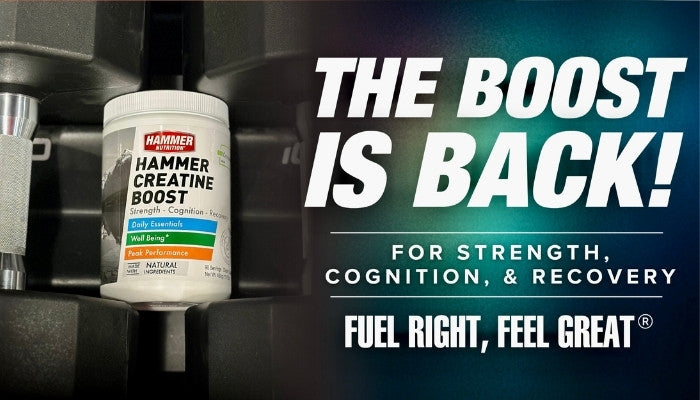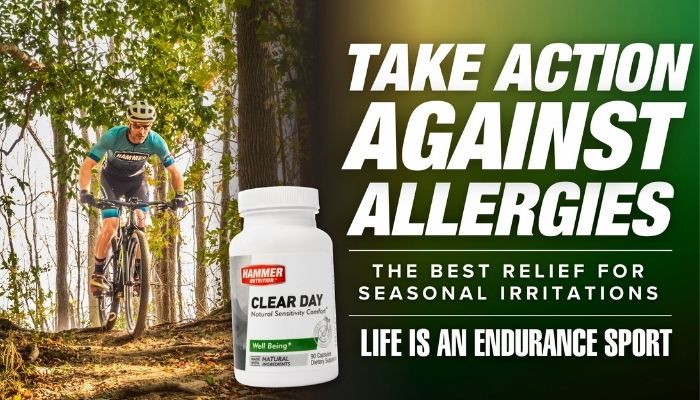
BY DR. BAYNE FRENCH, MD DC
I was in the Red Cross some months ago and couldn't help but notice the sugary drinks and treats. After my fourth donut, I realized that these offerings might be a part of their business plan to entice donors.
I also noticed multiple posters of individuals providing testimonials about how blood products saved their lives. So I had another pastry. Turns out these nutritionally devoid treats were intended for consumption after the donation, so I just rescheduled.
It seems like there would be less of a blood product shortage if the personal health benefits to the donator (benefactor) were promoted. So let's go over the steps involved with bloodletting: Schedule an appointment; get there, contending with the price of gas and clueless ogres traveling in the passing lane; heaps of paperwork (clicks); waiting; finger stick; more questions; pastries, er-not yet; large bore needle (the first time I donated I asked the technician “what do you plan on doing with THAT?!”); maybe a vein is hit, maybe it isn’t; lengthy wait while the bag is filled; more pastries; drive to the pub. Enduring all of this because we care about our fellow human. No wonder there’s a shortage.
There's something going on with a personal oil change that's biologically interesting. Maybe, all the hassle is not just good for the beneficiary but also for the benefactor. So let's take a peek at some data.
If you’ve read anything I’ve previously written, you're probably not shocked to learn that the studies on donor health benefits are all over the place. What is widely known and observed in numerous mammals is that iron accumulates with age. We usually ingest, absorb, and store more iron than our bone marrow needs to make red blood cells. I don’t view this as a benign process. I’ve written about the oxidative damage iron is capable of in our bodies. Liu et al (J Biol Chem. 2022) studied how high iron detrimentally affected the genome (DNA) of mice. Specifically, high iron levels altered the rodent's anti-oxidant pathways and affected genes that control circadian rhythms. Poor critters were being attacked by free radicals AND couldn't get a good night's sleep.
Yunce et al. (J Basic Clin Physiol Pharmacol. 2016) stole my thunder…several years ago. "One of the most important problems in finding blood donors is the inadequacy of volunteer numbers. To overcome this problem, one of the solutions we suggest is innovating new health benefits of blood donation". This genius looked at numerous chemicals in blood donors just before donation and 24 hours later. Significantly lower harmful compounds were noted after donation. And an elevation in the potent anti-oxidant Superoxide Dismutase was also seen. For a simple mountain person like me, less bad stuff/more good stuff seems worth being impaled with a needle the size of a pencil.
The microscopic chemical and mouse data are interesting, but what about cancer and heart disease? That's what we all care about, right?
Cancer
Merk et al. (Int J Epidemiol. 1990) looked at almost 40 thousand donors for up to 13 years. "Overall, significantly decreased cancer incidence was observed."
Zhao et al. published a paper examining over 1 million Swedish blood donors. He cited numerous studies that noted associations between regular donors and lower lung, liver, colon, stomach, and esophagus cancer incidences. There had been previous concern that maybe regular donation increased some types of blood cancers like leukemia. Zhao et al. did not see this association in their extensive study.
Recently, Su et al. (J Oncol. 2022) compared 1.6 million donors with a matched non-donor group. Significant reductions in the incidence of liver, lung, lymphoma, and esophagus cancer in the donor group were noted.
Heart disease
Salonen et al. (Am J Epidemiol. 1998) hypothesized that reducing total body iron through blood donation could reduce the risk of a heart attack. The team followed 2,800 men for about 9 years and found "blood donors had an 88% reduced risk of acute myocardial infarction (heart attack), compared with non-blood donors.”
So surely a study of 38,000 men in 2001 would corroborate those findings (Ascherio et al. Circulation. 2001). Nope. These men were followed for 4 years, and the conclusion was "The study results do not support the hypothesis that reduced body iron stores lower coronary heart disease risk." Are you starting to realize the shortcomings of medical studies? Apparently, sound research published in legitimate journals shows different outcomes. Four years of follow-up is a bit short, though.
Let’s look at a powerful recent study called a Systematic Review. This is a summary paper of numerous other studies. Quee et al. (Transfus Med Rev. 2022) included 44 studies that met their inclusion criteria. Of those, 14 were found to be of high quality. Of these 14 good studies, 9 reported a heart disease protective effect.
Conclusion
We, the people, have starved and bled out for as long as you think we've been here. Something I don't care to debate with anyone. Consequently, we have developed a fantastic ability to store fat and iron through genetic mutations. These mutations were favorable for our forepeople. They are not so good for us today. I deem elevated iron stores a detrimental finding and screen for it routinely. Blood donation is a powerful preventative modality for individual health and disease risk reduction. I donate 2-3 times per year and do not think it has any detrimental effect on athletic performance. I’m just as slow and weak now as I’ve ever been. Our hemoglobin in red blood cells carries oxygen, not iron. It does not take an abundance of body iron for our bone marrow to incorporate an abundance of hemoglobin into our red blood cells.
Although there are many logistical steps involved with blood donation, it is worth it and becomes easier over time. When applied to the skin over a prominent vein for a couple hours before the donation, prescription numbing gels, including EMLA, can eliminate needle discomfort. Therefore, I recommend requesting an iron panel and ferritin level before donating, then yearly thereafter.
As always, educate yourselves and pursue what makes sense to you. You do not need to convince your medical provider or receive their permission. There's a good chance you're healthier than they are. And tougher.










12 comments
I was a regular blood donor for many years, every two months. I was also a competitive bike racer at the time. I donated blood on a Friday morning, raced that afternoon/evening and rode hard that weekend. On Monday I could not move without great pain and was eventually diagnosed with polymyalgia Rheumatica which then morphed into giant cell arteritis that required large doses of prednisone to control. I would caution anyone who rides at a competitive level to be very careful when donating blood-particularly if it is close to race day. I had never had any health issues until that day and have been suffering from a diminished immune system since then.
———
Hammer Nutrition replied:
Hi Tom. Thanks for the input. I know of no association or causality data between blood donation and rheumatological conditions like PMR. Almost all of the patients I see with PMR are not blood donors. I also don’t recommend anyone, whether endurance athletes or not, donate that regularly for that long, at least without regular laboratory analysis of blood counts and iron levels. Your advice seems sound to me. Thanks for your time. Sincerely, Bayne
Interesting read! As a 24 gallon donor, runner & multisports athlete for 40+ years, I only knew I needed to be altruistic for being blessed with good health.
Now from being informed with your article facts, I’ll be sure to spread the Word. Thank you Dr. French & Hammer On!
Gary V
FCA-ENDURANCE Teammate & H.N. Brand Ambassador
Interesting read! As a 24 gallon donor, runner & multisports athlete for 40+ years, I only knew I needed to be altruistic for being blessed with good health.
Now from being informed with your article facts, I’ll be sure to spread the Word. Thank you Dr. French & Hammer On!
Gary V
FCA-ENDURANCE Teammate & H.N. Brand Ambassador
This is great to know. I’m going to donate again, as I’ve stayed away for the last three years. Thank you so much for sharing.
I’m up around 10 gallons total donated over my lifetime. In the last few years several times my iron has been too low for them to accept my donation. If I take iron pills it will go up to an acceptable level. What are your thoughts?
———
Hammer Nutrition replied:
Hi Tito. Thanks for the question. I don’t know of phlebotomy sites that check iron levels. But they all check a blood count (hemoglobin/hematocrit). You were probably a bit anemic and they appropriately would not proceed. If you are compelled to donate because you possess a much needed blood type, or are just a great person, then iron supplementation would be the only way to continue with regularity. For your health, I would recommend you allow your blood count to recover and ferritin to remain around 70-100. Maybe donate only twice yearly. Sincerely, Bayne